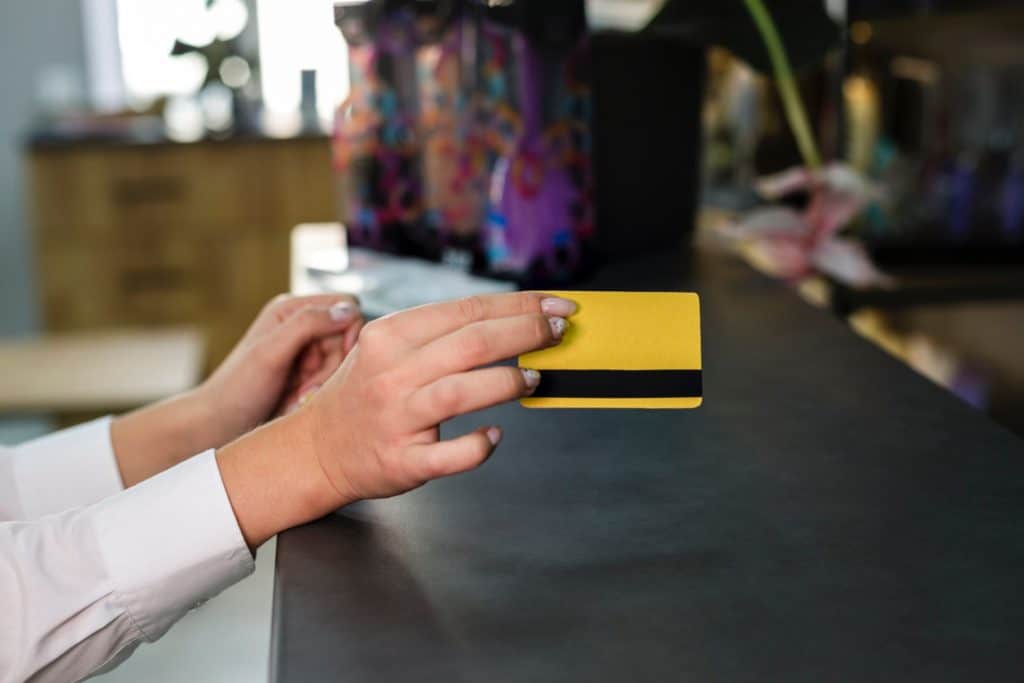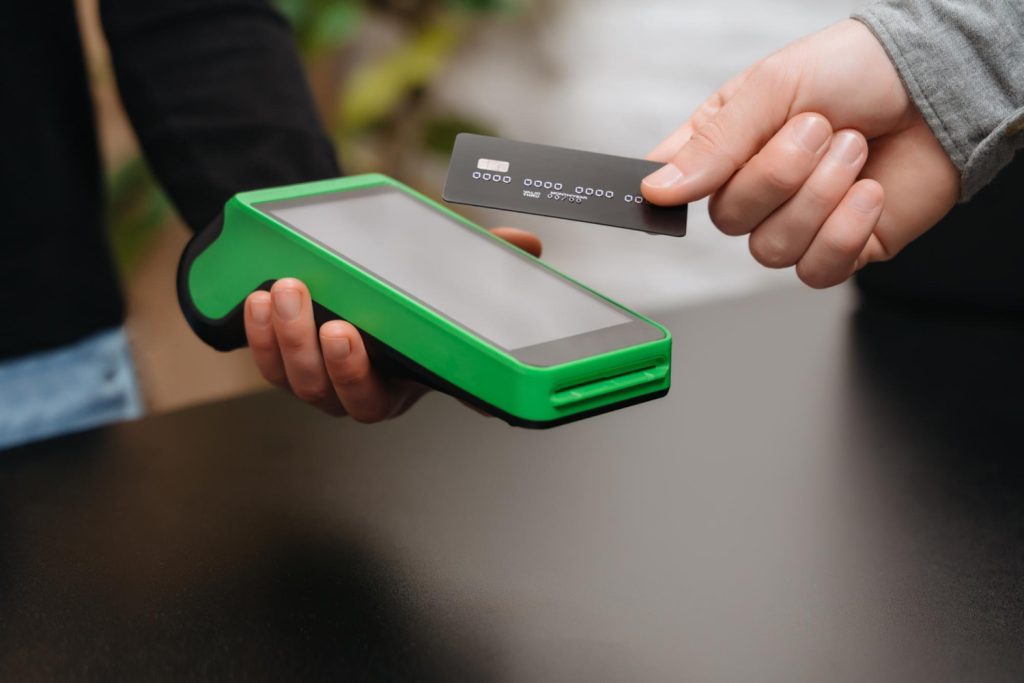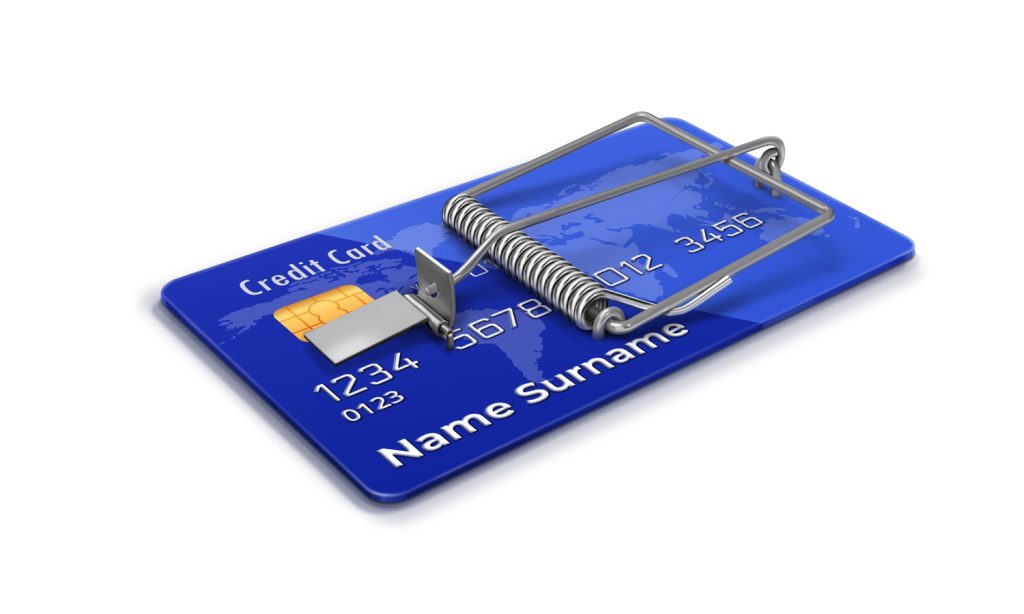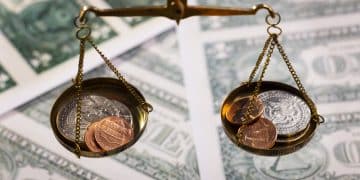Credit Card Skimmers: How They Work and How to Protect Yourself

Anúncios
The convenience of credit cards and debit cards has made transactions faster and easier, but it has also introduced new risks. Skimming fraud is a growing concern, where criminals use credit card skimmers to steal sensitive data and commit fraud.
These small hidden devices can be found in ATMs, gas station pumps, and even retail point-of-sale systems, making it essential to remain vigilant.
Thus, understanding how they work, learning to identify them, and taking precautions to prevent card skimming fraud can help protect your finances. Read on to learn more!
What is a credit card skimmer?
A credit card skimmer is a small malicious device that criminals attach to legitimate card readers.
When an unsuspecting person swipes or inserts their card, the skimmer captures the data from the magnetic stripe.
In many cases, criminals also install hidden cameras or false keypads to steal PIN numbers, giving them full access to the victim’s account.
Thus, skimming devices are often difficult to detect because they blend in with real card readers. Once criminals obtain your card data, they can clone it and make unauthorized purchases, withdraw cash, or sell the stolen information on the dark web.
How do credit card skimmers work?
A credit card skimmer intercepts card data by duplicating the reading mechanism of a legitimate card reader.
That is, criminals install these devices over existing card readers at ATMs, gas stations, or retail payment terminals.
When a customer swipes their card, the skimmer records the card number, expiration date, and other data from the magnetic stripe.
More sophisticated skimming setups include hidden cameras positioned near the keypad to record PIN entries or false keypads that store keystrokes.
Some skimmers even transmit stolen data wirelessly, allowing criminals to collect information without having to return to the compromised machine.
Thus, after the data is stolen, thieves can create counterfeit cards or use the information for fraudulent online transactions.
How to identify a credit card skimmer
Identifying a credit card skimmer can be challenging, but careful inspection and the right tools can help you detect these fraudulent devices before using a compromised machine.
Use a detection app
There are mobile apps designed to detect skimmers by scanning for Bluetooth signals or suspicious wireless activities.
This is because some skimmers use Bluetooth to transmit stolen card data, and these apps can identify unknown devices operating nearby.
Although not all skimmers use wireless technology, this can be an effective first line of defense.
Conduct a physical inspection
Before inserting or swiping your card, physically inspect the machine. Try to gently wiggle the card reader; if it seems loose or misaligned, it might be a skimmer.
Compare the card reader with others at the same location; if one looks bulkier or out of place, it may have been tampered with.
Also, check the keypad; if it appears thicker than usual, there might be a false overlay designed to capture PIN entries.
Perform a visual inspection
Carefully observe the machine for any signs of tampering. Mismatched colors, material inconsistencies, or broken security seals are warning signs.
Many gas station pumps and ATMs have security tape over key access points; if the tape is broken or missing, report to the company before using the machine.
Thus, if something looks suspicious, choose another terminal or notify the establishment.
How to prevent credit card cloning
Preventing card skimming fraud requires a combination of safe payment habits and the use of secure technology.
Here are the best ways to protect yourself against the theft of your credit card information.
Be cautious with payment methods
Always use ATMs and payment terminals located in well-lit, high-traffic areas, preferably inside banks or reputable businesses.
Criminals are more likely to install skimmers on standalone ATMs in secluded locations.
When possible, avoid swiping your card and instead use chip or contactless payment methods, which are more secure.
Use contactless payment options
Tap-to-pay credit cards and mobile wallets like Apple Pay or Google Pay use encrypted data transmission, making it nearly impossible for skimmers to steal usable information.
If a merchant offers contactless payment options, opt for them instead of inserting or swiping your card.
Contactless transactions are not only more convenient but also significantly reduce the risk of skimming.
Cover the keypad when entering your PIN
Skimmers often work in conjunction with hidden cameras that record PIN entries. Always use your hand or body to cover the keypad while typing your PIN at ATMs or payment terminals.
This simple habit makes it much harder for thieves to capture your information, even if a skimmer is present.
Monitor your bank accounts regularly
One of the most effective ways to detect fraud early is to monitor your bank and credit card accounts frequently.
Many banks offer real-time transaction alerts via text or email, allowing you to quickly detect unauthorized charges.
If you see a charge you do not recognize, immediately report it to your bank or card issuer to prevent further unauthorized transactions.

What to do if your credit card is cloned
Discovering fraudulent charges on your account can be alarming, but taking immediate action can minimize the damage.
- Call your bank or credit card provider to report unauthorized transactions. They will cancel your compromised card and issue a replacement. Many banks also offer fraud protection and may reimburse fraudulent charges.
- Carefully examine your recent transactions to identify all fraudulent activity. Report any unauthorized purchases to your bank to ensure they are addressed.
- If your debit card was cloned, change your PIN immediately. Additionally, update your online banking passwords and enable two-factor authentication for added security.
- Report the fraud to the Federal Trade Commission (FTC) at IdentityTheft.gov and, if necessary, file a police report. Some banks may require official documentation for fraud investigations.
- Stolen card information can sometimes lead to identity theft. Regularly check your credit report for unauthorized accounts or inquiries. You can request a free report from Experian, Equifax, and TransUnion once per year at AnnualCreditReport.com.
The threat of credit card skimmers is real, but taking the right precautions can help you avoid becoming a victim of card skimming fraud.
By learning how these devices work, staying alert when using payment terminals, and adopting secure payment methods, you can significantly reduce your risk.
If your card information is compromised, acting quickly by notifying your bank, reviewing your transactions, and updating your security settings can minimize financial losses. Always stay informed and proactive when it comes to financial security.
For more advice on protecting your finances, continue exploring our site and stay ahead of the latest scams and fraud prevention techniques. Want a suggestion? Also read our content explaining how car leasing works!






